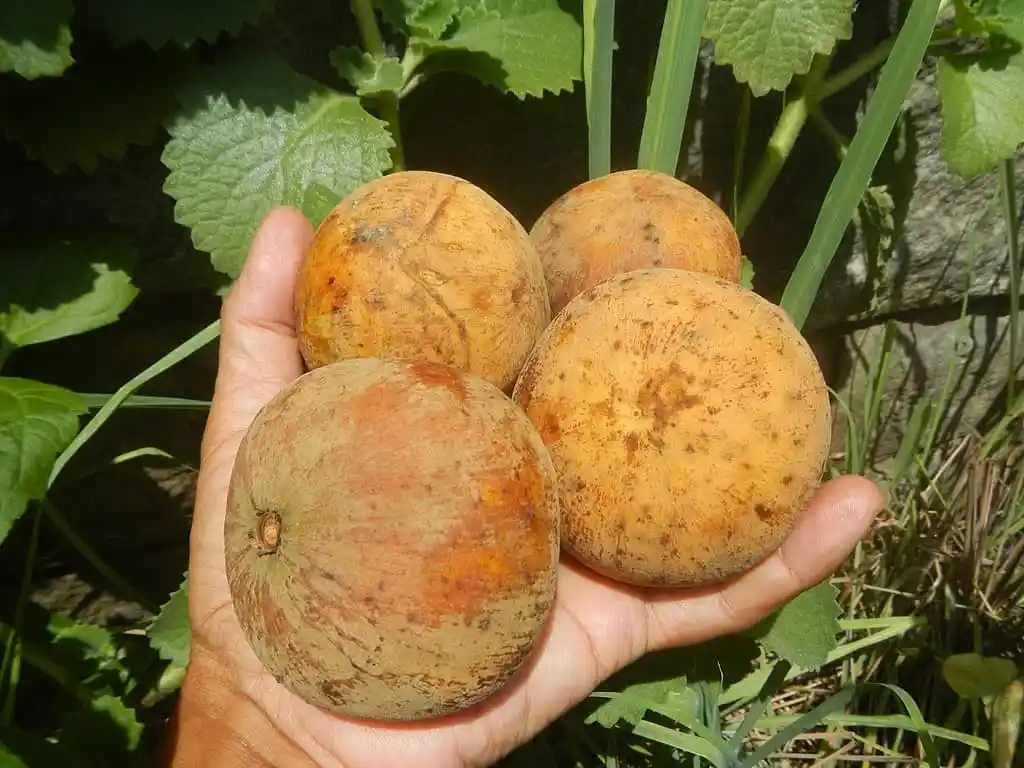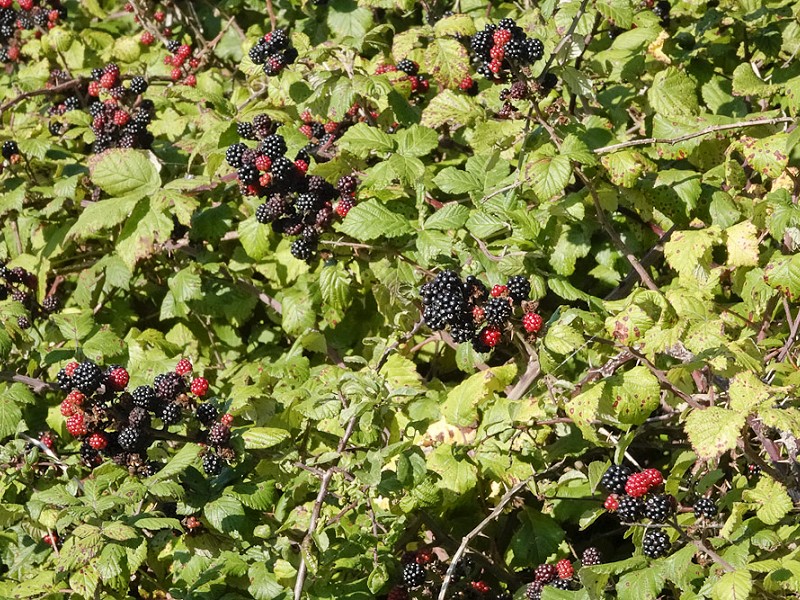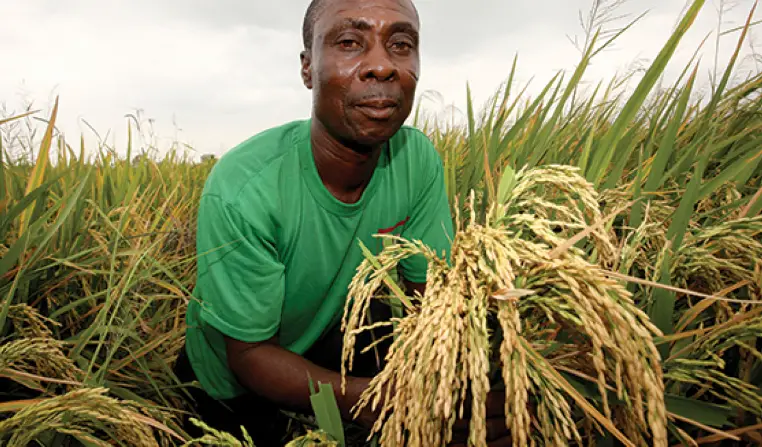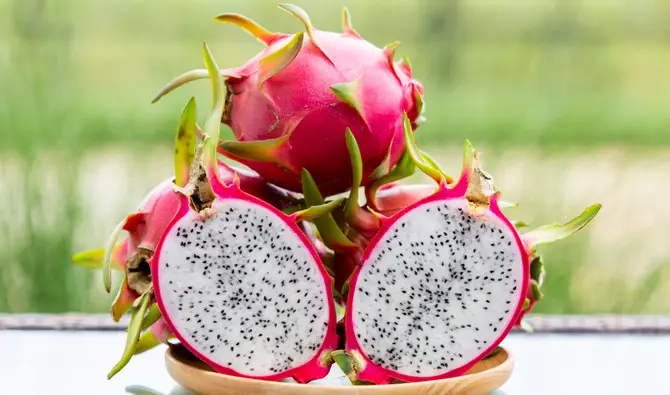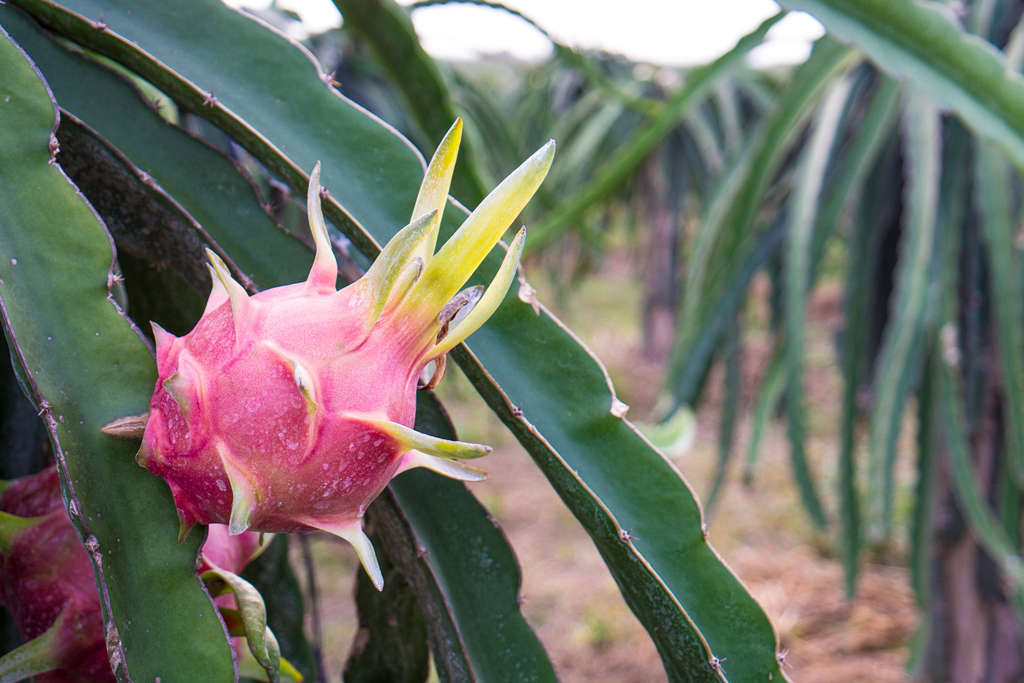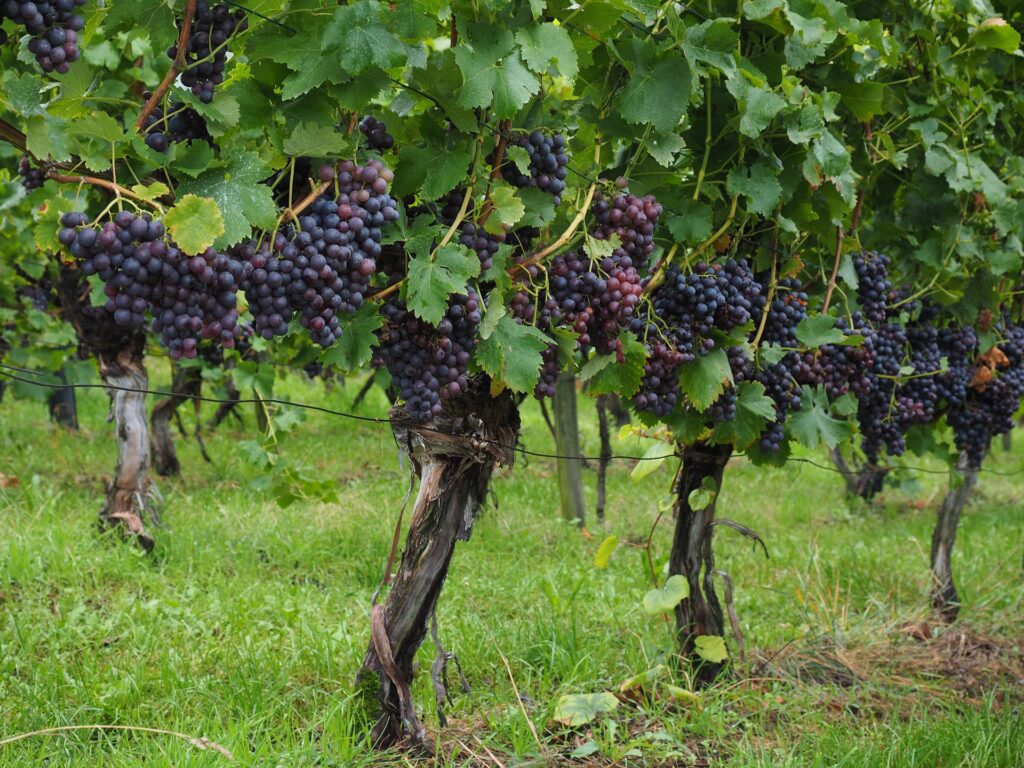Mango trees are loved for their sweet and tasty fruit. Many people like to grow them in their yards or farms.
If you want to plant a mango tree or have one growing already, you might wonder how long until you can enjoy its fruit. We will look at how mango trees grow, what affects when they will have fruit, and ways to make them bear fruit faster or slower.
Table of Contents
Understanding Mango Trees
Mango trees (Mangifera indica) are tall, green trees from Southeast Asia. Many places around the world with the right climate also grow them.
They are part of the Anacardiaceae family and can reach heights of 100 feet. Mango trees’ big leaves and shade make them pretty and useful.
The Growth Stages of a Mango Tree
Mango trees have several growth stages to go through before giving fruit.
It all starts when the tree sprouts and begins to grow. This is when it makes its roots and gets settled. As it gets older, it then spends time getting stronger and growing leaves and branches.
The exciting part comes next when the tree flowers and starts to make fruit.
Factors Influencing Fruit-Bearing Time
How soon a mango tree will have fruit can change for a few reasons. The kind of mango tree makes a big difference. Some kinds are early bloomers, while others take more time.
Mango trees do best in sunny, warm places. How you take care of your tree, like how you trim it and feed it, can also change when it will have fruit.
How Long Does A Mango Tree Take To Bear Fruit?
Mostly, a mango tree will take about three to five years to start having fruit. But remember, this time can change. Some kinds of mangoes might be ready in just two years, while others could take up to eight years. The weather and how you care for the tree can make a big difference.
Accelerating Fruit Production
If you can’t wait to eat mangoes from your own tree, you can try to make them grow fruit faster. Using methods like grafting, air layering, or budding can help young trees grow more quickly.
Make sure your tree has good soil, enough water, and plenty of sun to help it fruit sooner. Also, taking good care of the tree by trimming and feeding it at the right times will help it focus on making fruit.
Delayed Fruit Production
Sometimes, a mango tree may take longer than usual to bear fruit. This could happen if the tree doesn’t get enough sun, or the place it’s growing isn’t quite right, or if it hasn’t been looked after well. If this happens, fix these problems to help the tree start making fruit.
Getting more sunlight, creating a better environment around the tree, and following good tree care steps can get delayed trees to make fruit.
Conclusion
How long it takes for a mango tree to have fruit can change based on the type of tree, where it is, and how it’s cared for. Trees usually have fruit in three to five years, but it could be as quick as two or as long as eight years.
By knowing how mango trees grow and using the right ways to help them along, you’ll have a better chance of getting to enjoy your very own mangoes sooner.


